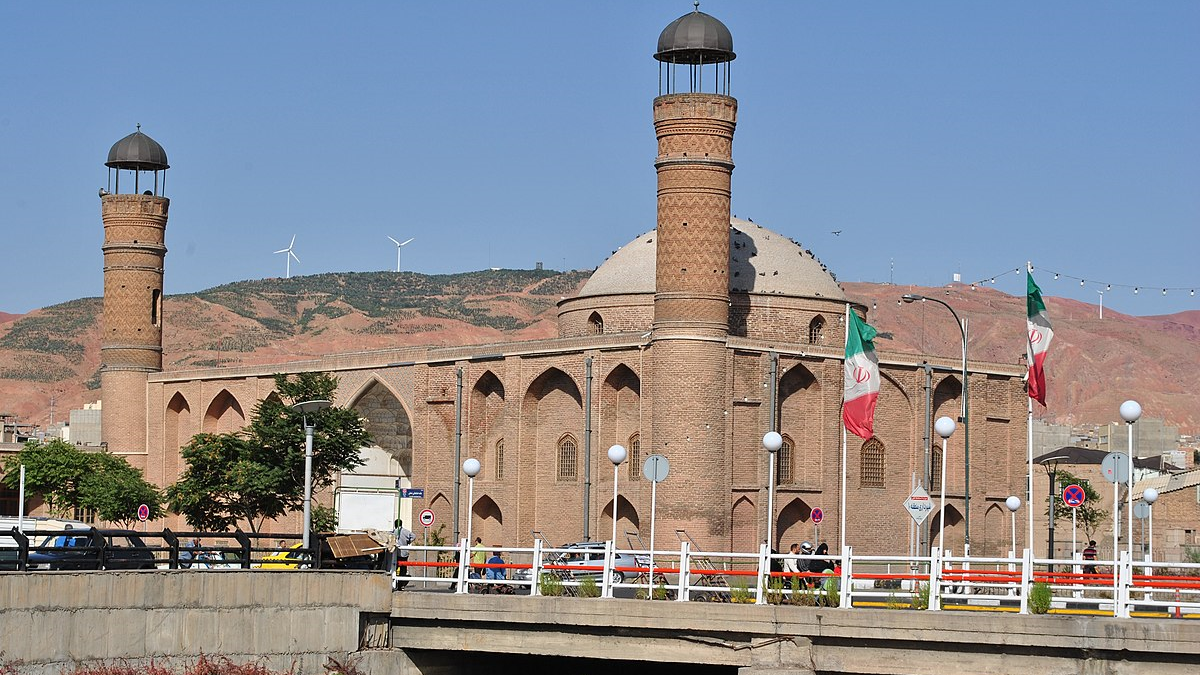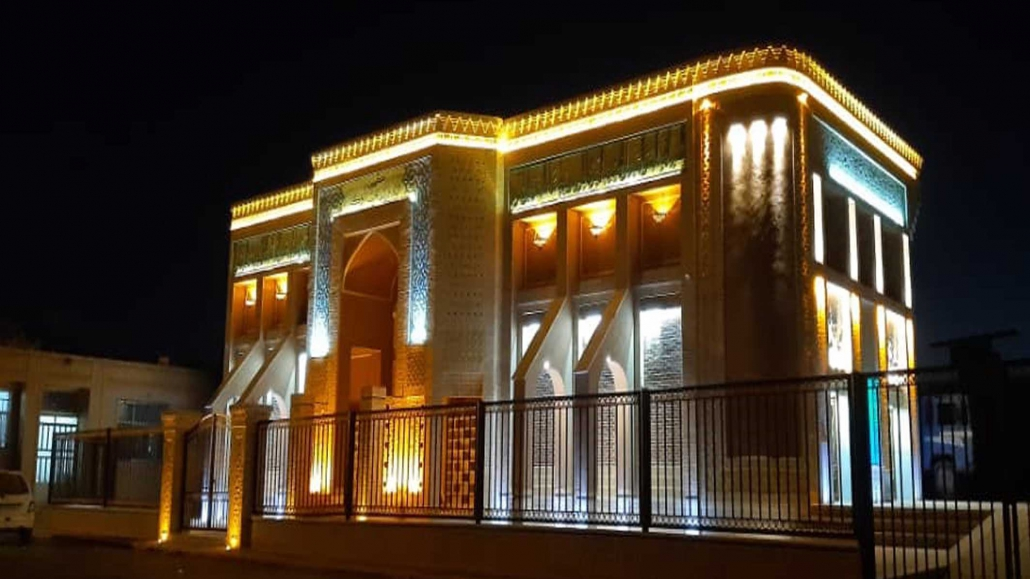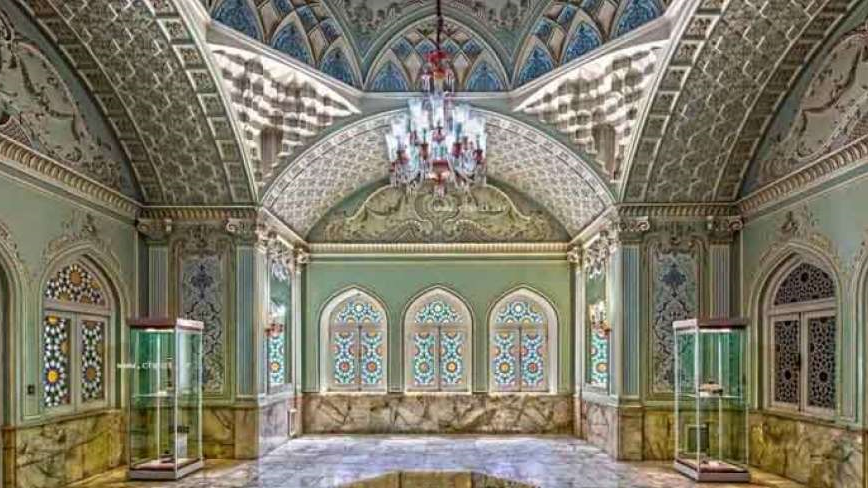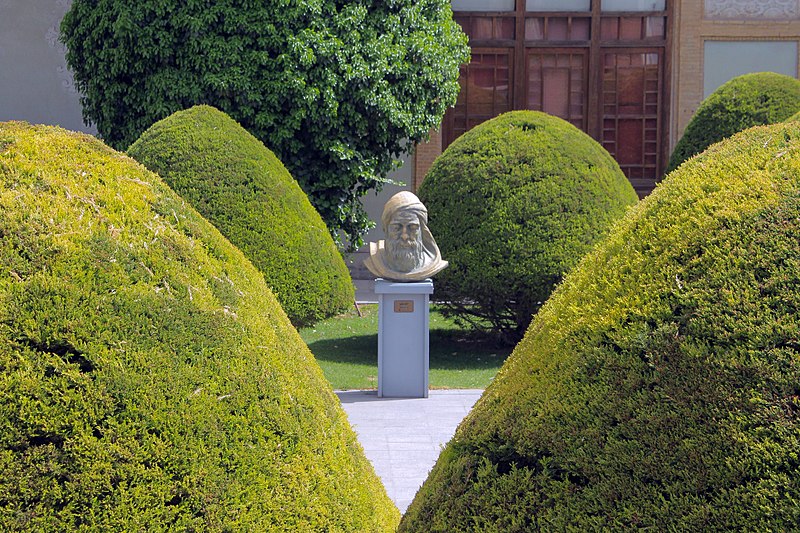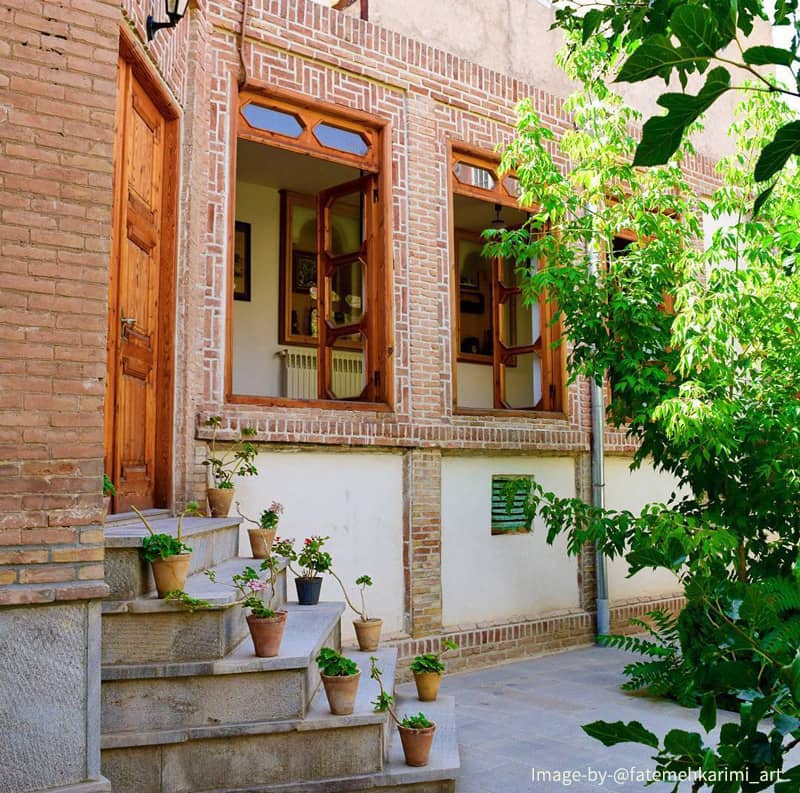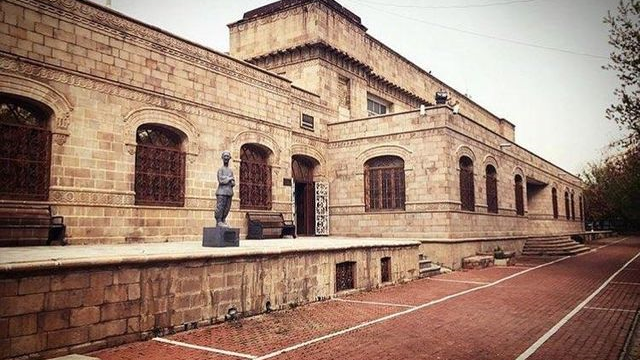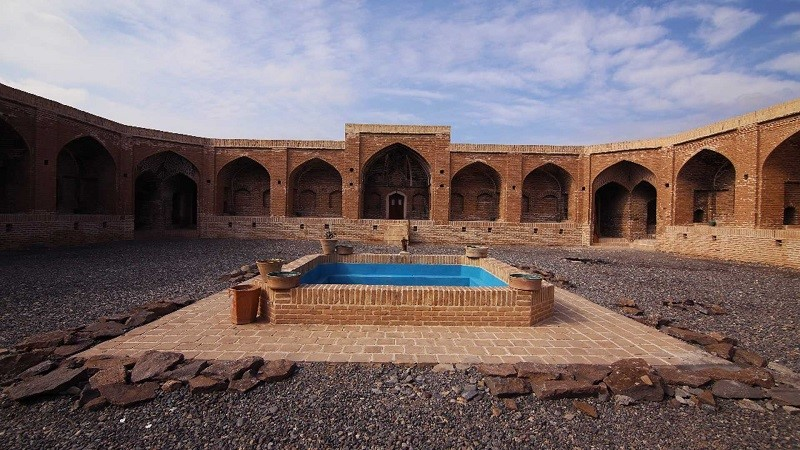
Pars Museum
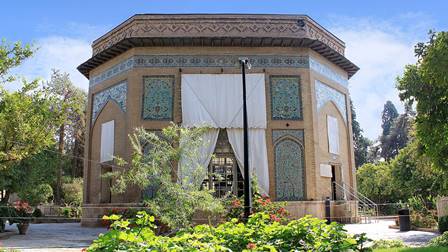
If you have visited Golestan Palace, you may know that the remains of Karim Khan Zand have been buried under Karim Khani Nook and were later moved to Shiraz during the Pahlavi dynasty. The question is what happened to them after that?
Nazar Garden is one of the beautiful gardens of Shiraz. It is an octagonal mansion that was initially built as a greeting room for guests and had ceremonial arrangements. The mansion has a central hall with four alcoves or Shahneshin on the ground. It was built in 1315 SH by the efforts of the Society for the National Heritage of Iran, as well as Ali Asghar Hemmat. After the change of its function, it was opened as a museum outside Tehran and is known as the Pars Museum of Shiraz. Pars Museum is where the remaining of Karim Khan Zand was moved to, and today it is also called the Karim Khan Tomb. An interesting point is that the mansion that is now the museum was built by Karim Khan himself. Relics and artifacts from the pre-Islamic and Islamic eras are exhibited in this museum.
Pars Museum has in its collection valuable artifacts such as metals and coins that belong to the fourth millennium B.C to contemporary history. In addition to pre-Islamic objects, many of the covers of the holy Quran are accompanied by elegant collections of watercolour paintings. Papier-mâché works of artists from the Zand era can be seen, too. However, it is a sword known to belong to Karim Khan Zand that attracts the attention of the visitors. Another unique object of the museum is the Haftadman Quran. It was handwritten in Muhaqqaq calligraphy by Ibrahim Sultan, the Timurid prince, in the ninth century AH. This is the same Quran that was at first kept on the portal of Darwazeh Ghor’an and was later moved to the Pars Museum in 1316 SH.
However, it feels like the Karim Khan Zand Tomb is in the center of this complex. Following his will, he was buried in the eastern alcove of the mansion in 1193 AH. His remains were later moved to Tehran by Agha Mohammad Khan Qajar. He despised Karim Khan Zand so much that he buried his remains in Golestan Palace so that he would disgrace them under his feet every day. Eventually, they were moved back to Nazar Garden, where they were buried for the final time.
| Name | Pars Museum |
| Country | Iran |

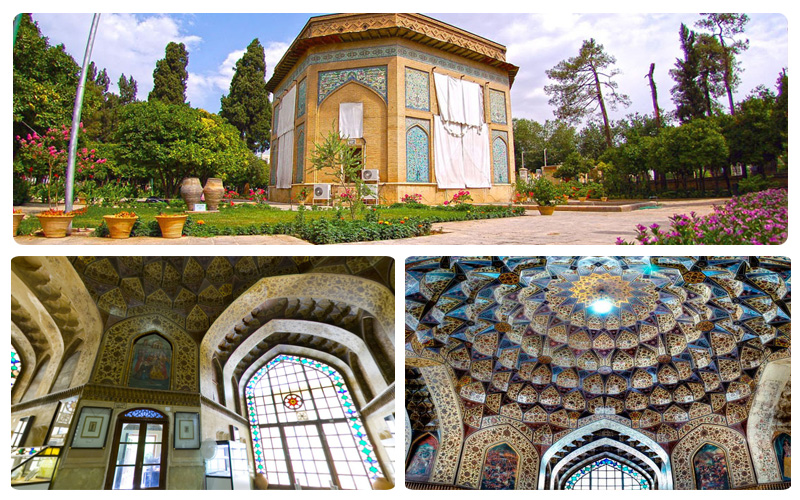



Pars Museum of Shiraz; An Exhibition of 5000 Years of Iranian History
Despite being small in size, the Pars Museum of Shiraz is outstanding both in terms of architecture and construction and in terms of the objects displayed in it. The building of this museum was constructed in the 18th century in a garden known as “Bagh Nazar” and was a part of the construction plan of Karim Khan Zand for public use. Arg of Karim Khan or Karim Khan Citadel, Vakil Mosque, Vakil Bazaar, and Vakil Bathhouse are among the buildings erected around Bagh Nazar.
Location and Features of Pars Museum of Shiraz
Bagh Nazar was built during the Zand era, in front of the Karim Khan Citadel. The size of the garden used to be larger earlier and the Pars Museum is located in a building called “Kolah Farangi”. The museum building looks octagonal from the outside. Tiles decorated with flower and tree motifs have made the exterior of the Pars Museum look pleasant and harmonious. Although from the outside, this building resembles the tombs that were built in that period, the exterior decorations and lively tiling of the building resemble the freshness of the garden atmosphere for visitors. During his rule, Karim Khan Zand used to receive and entertain officials and important personalities in this building. Pars Museum was founded in this building in 1934 and a collection of the most exquisite objects related to the ancient history of Iran was put on display in it. The interior walls of this museum are decorated with paintings from the Zand era, with combinations of dark red and gold colors, which can also be seen in the Karim Khan Citadel. The interior space of Pars Museum looks like a cross and objects are arranged on each side of it in the showcases. There are four fountains on four sides of the building. The interior space also accommodates four alcoves.
Artifacts Displayed in the Pars Museum of Shiraz
Pars Museum is the oldest museum in the Fars province of Iran and it stores valuable metal works, pottery, coins, and seals. The objects displayed in this museum are from the 4th millennium BC to the contemporary times.
Pre-Islamic Objects
A clay pot belonging to the 3rd millennium BC, a red-beaked jar from the 2nd millennium BC, bust from the Sasanian era discovered in the Hajiabad region of Darab, along with bronze vessels and objects discovered in the Lorestan Province, which are related to the 1st millennium BC can be seen in this museum.
The Exquisite Copies of the Holy Qur’an
30 exquisite copies of the Holy Qur’an in the handwriting of Yahya al-Jamali al-Sufi, who lived in the 8th century AH (14th century CE), are kept in the museum. A heavy copy of the Holy Qur’an, known as the “17 Man” (lit. 51 Kg.), which had been scripted by Sultan Ibrahim ibn Shahrukh of the Timurid Dynasty and was earlier kept at the Shiraz Gate, can now be seen in this museum. This copy of the Holy Qur’an weighs 40 kg and its dimensions are 48 x 72 cm.
The Paintings of the Museum
Some watercolor paintings by Lotfali Souratgar, a contemporary Iranian painter, can also be seen in the museum. The famous painting of Karim Khan smoking hookah, which was painted by a person named “Ja’far”, is also kept in this museum. There are several other famous paintings in the Pars Museum, some of which had been made to decorate houses and coffee houses in different eras.
Karim Khan’s Tomb
Karim Khan Zand passed away in 1193 AH (1779 AD). He had bequeathed his body to be buried in the eastern alcove of this mansion. 13 years later, Agha Muhammad Khan Qajar, the founder of the Qajar dynasty, who had a strong grudge against the Zand family, removed Karim Khan’s bones from the grave and took them to Golestan Palace and buried them under its staircase as a sign of disrespect for Karim Khan. Later on, Reza Khan, the founder of the Pahlavi regime, had these bones removed from under the staircase and sent to Shiraz to be respectfully buried in their previous place.
The objects displayed in the Pars Museum of Shiraz are from the 4th millennium BC to the contemporary times.
| Name | Pars Museum of Shiraz; An Exhibition of 5000 Years of Iranian History |
| Country | Iran |
| State | Fars |
| City | Shiraz |

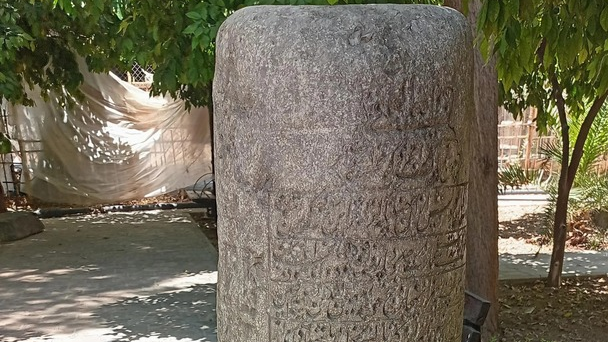
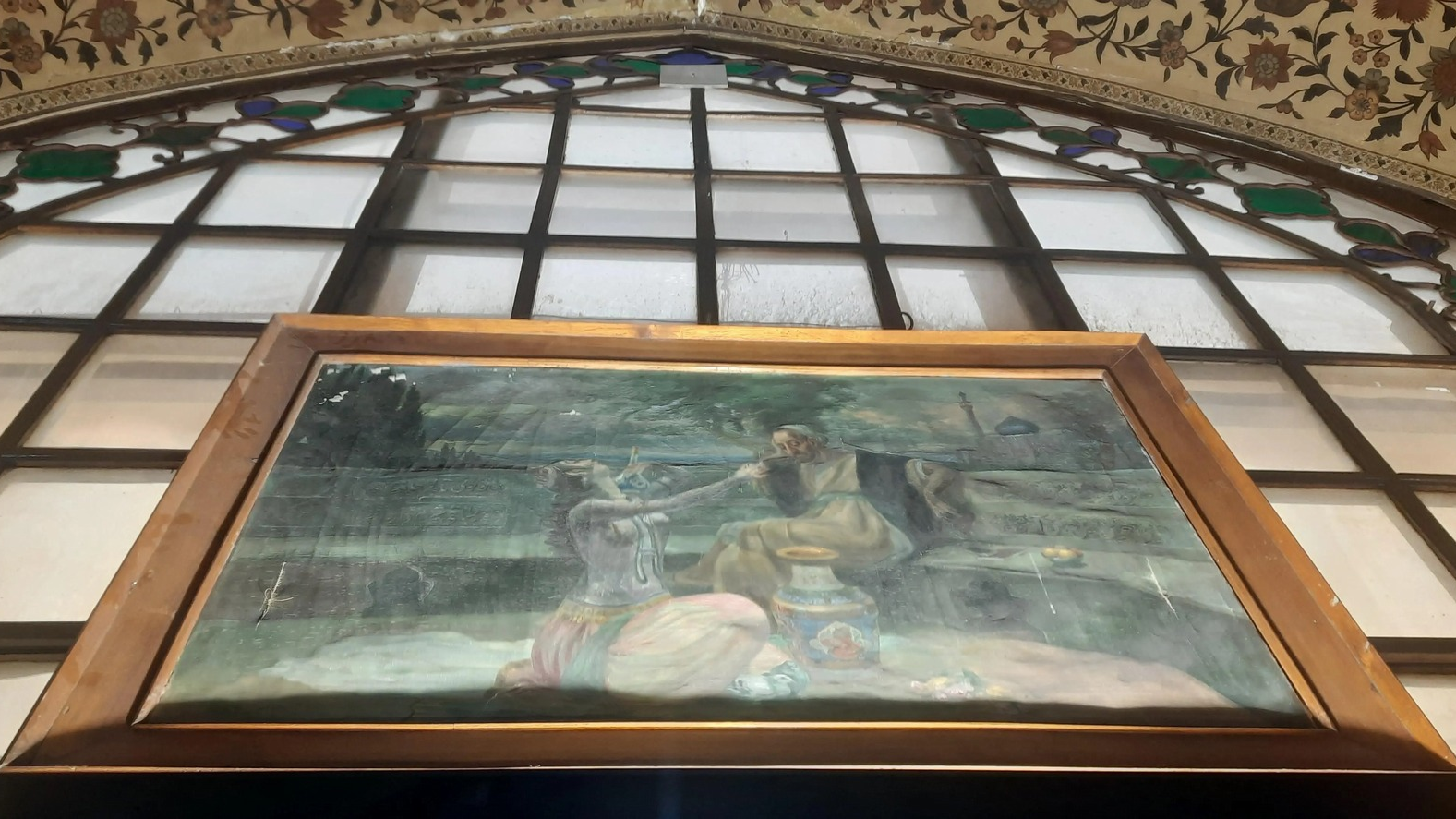
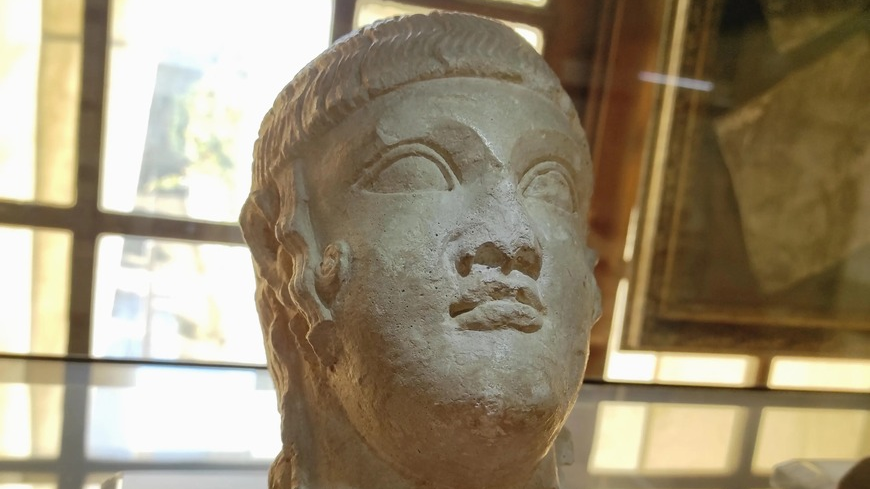
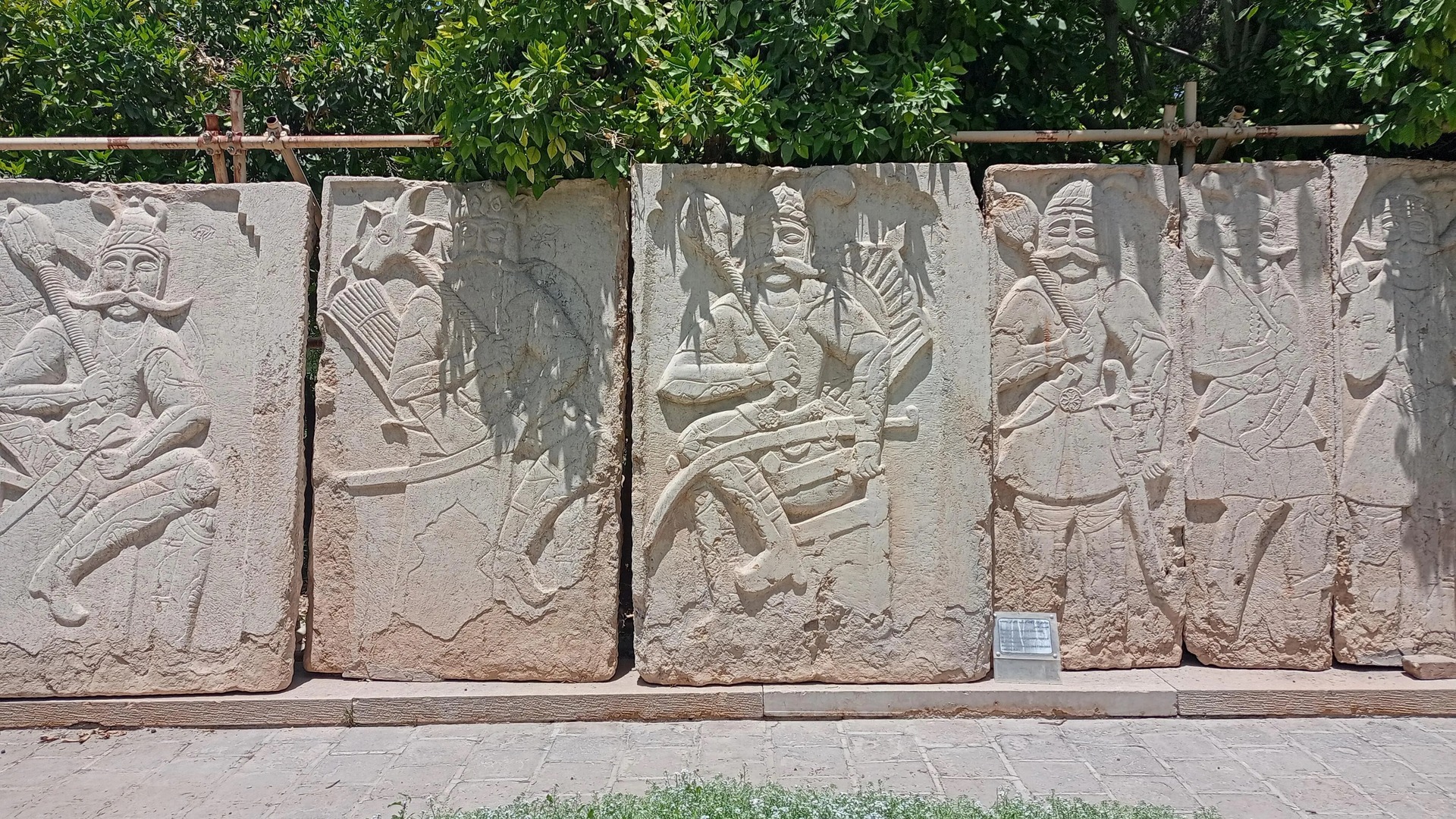
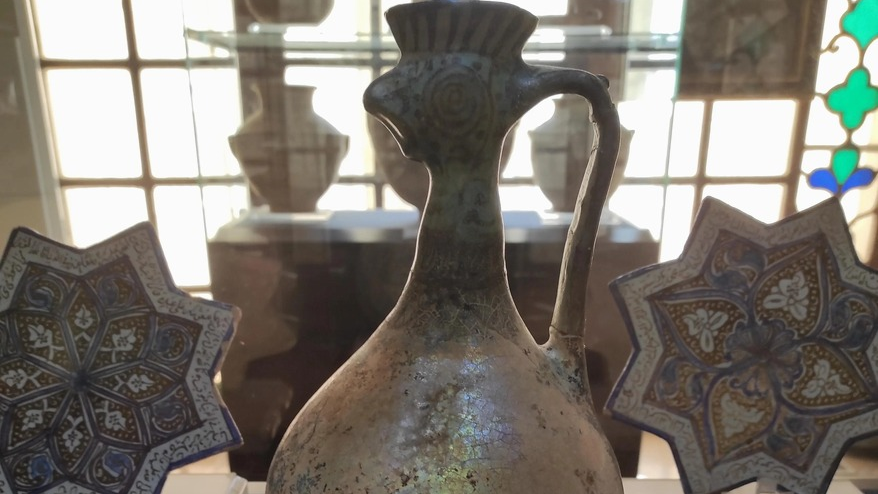
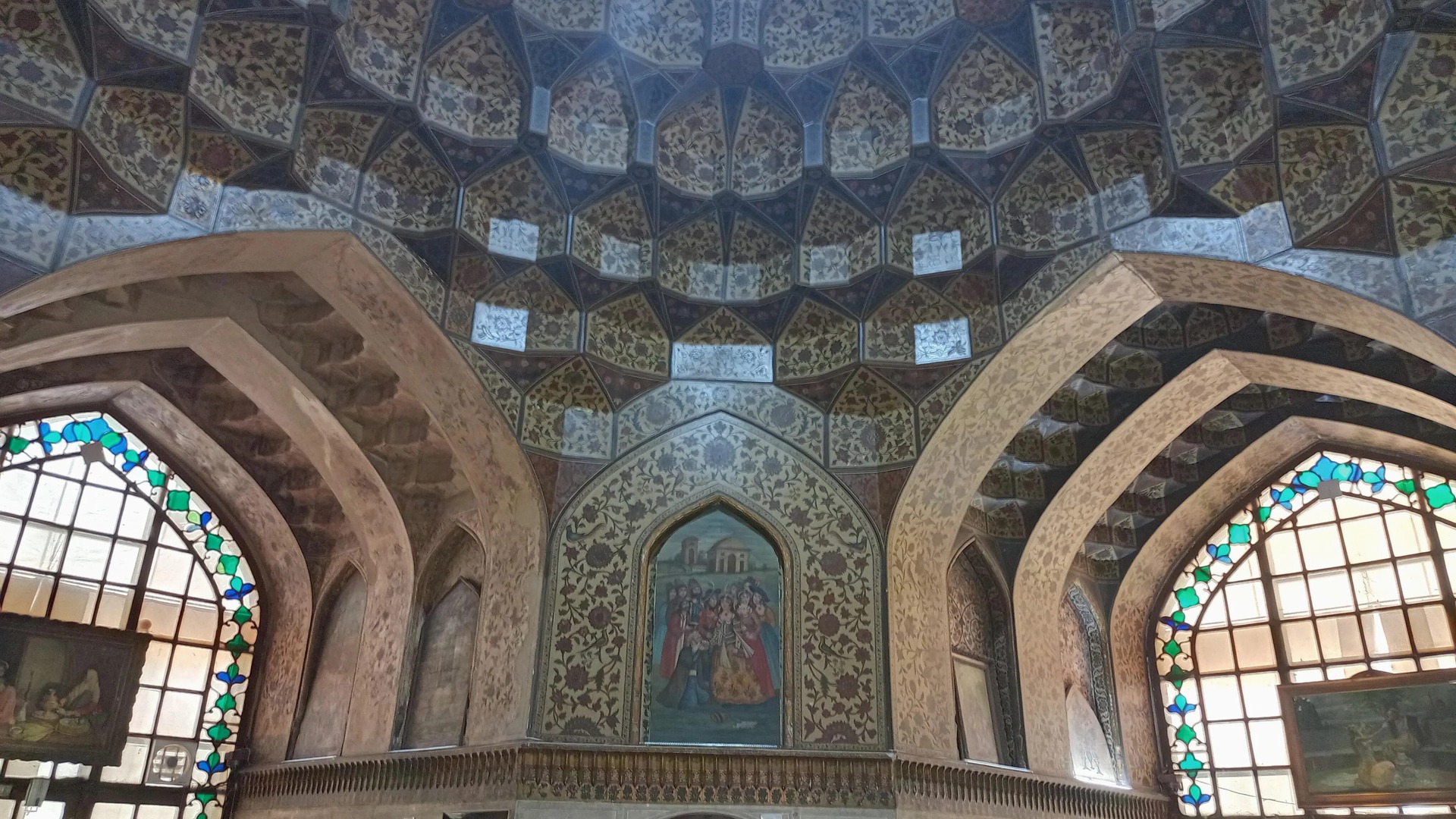
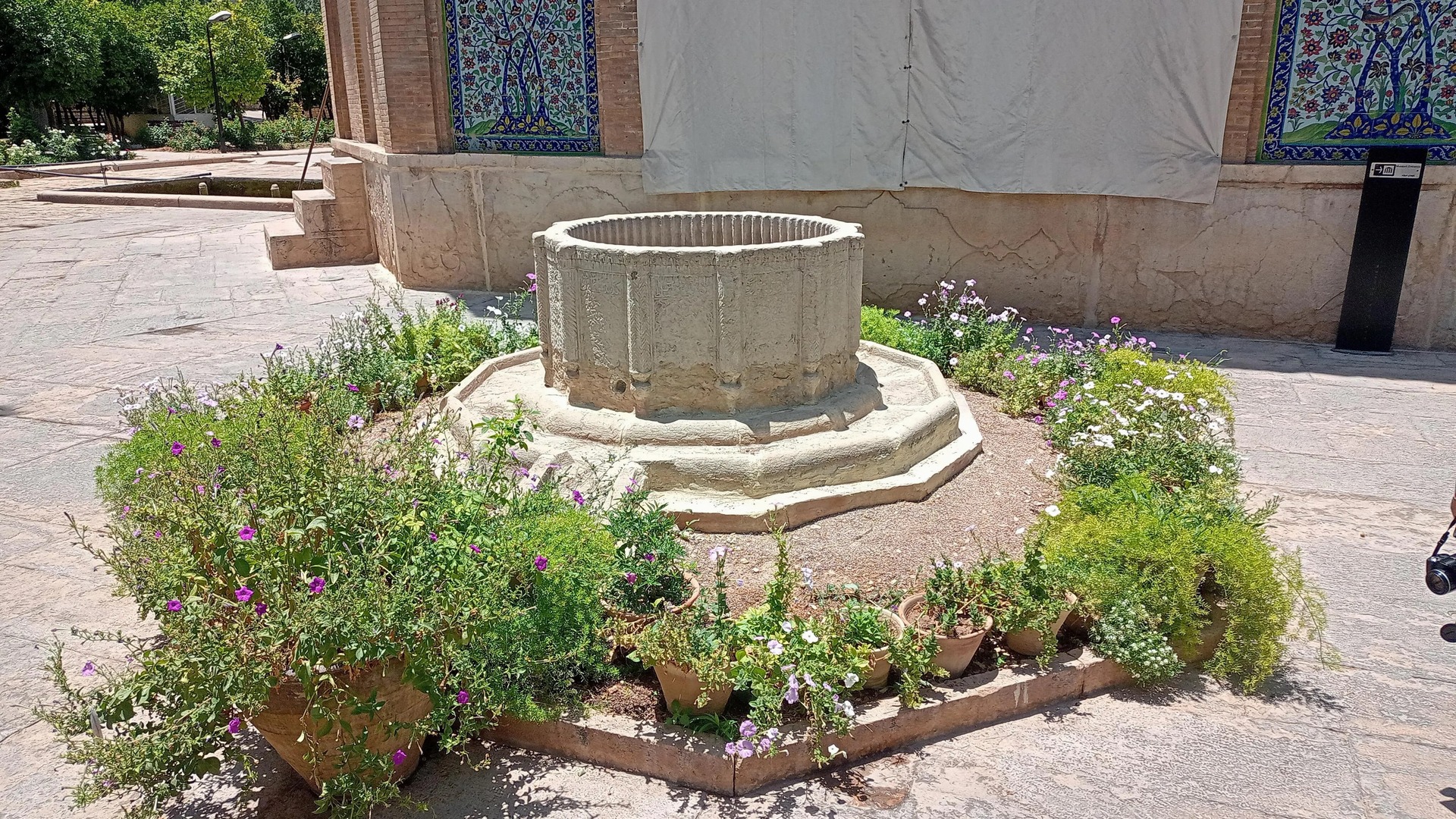


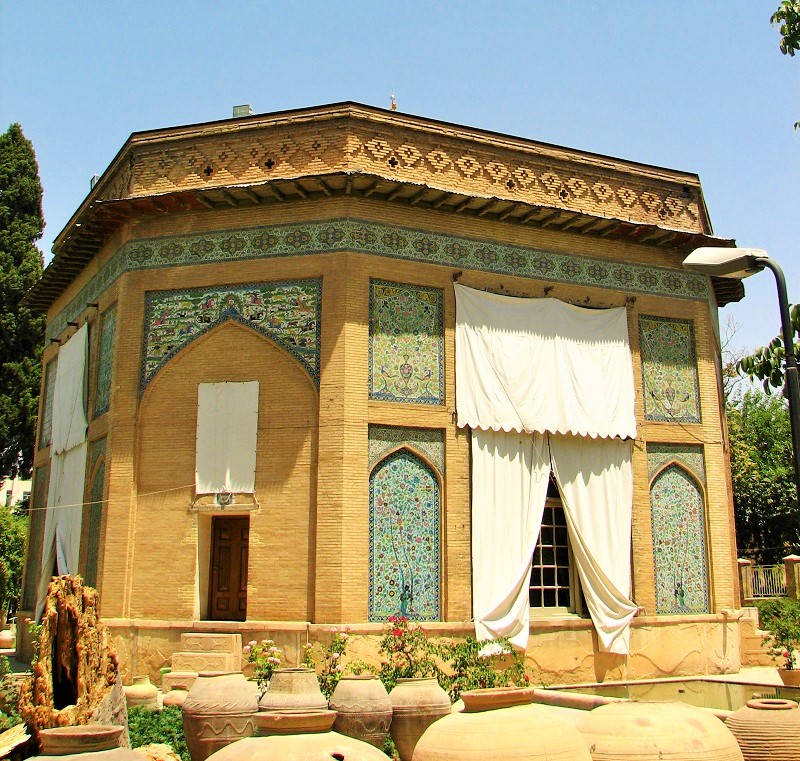
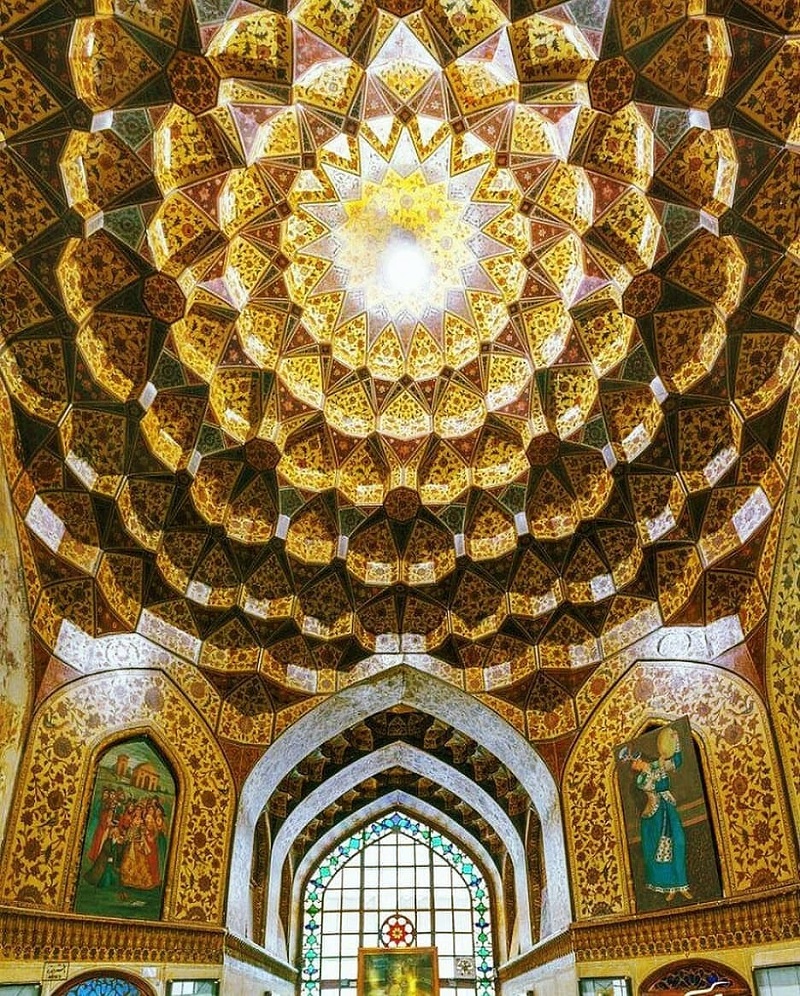












Choose blindless
Red blindless Green blindless Blue blindless Red hard to see Green hard to see Blue hard to see Monochrome Special MonochromeFont size change:
Change word spacing:
Change line height:
Change mouse type:
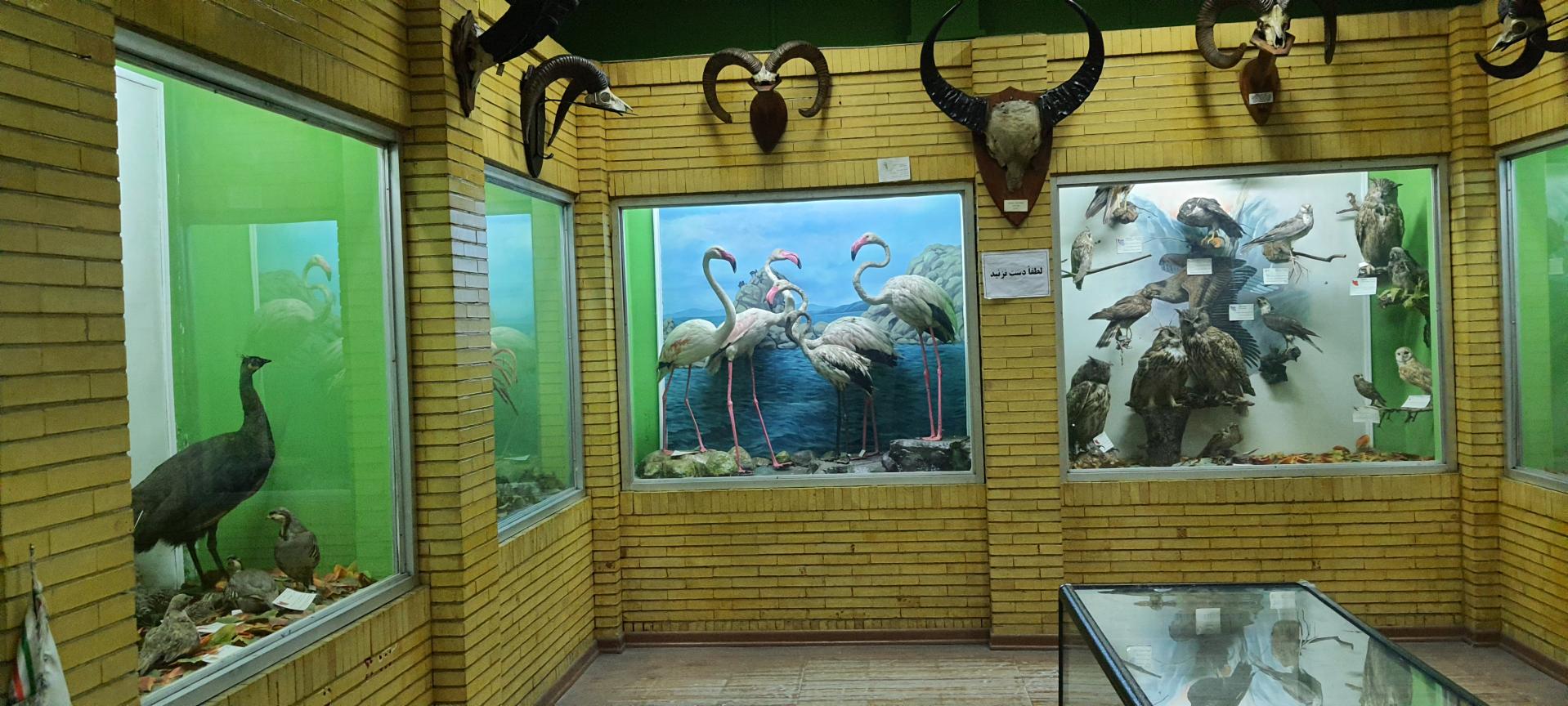
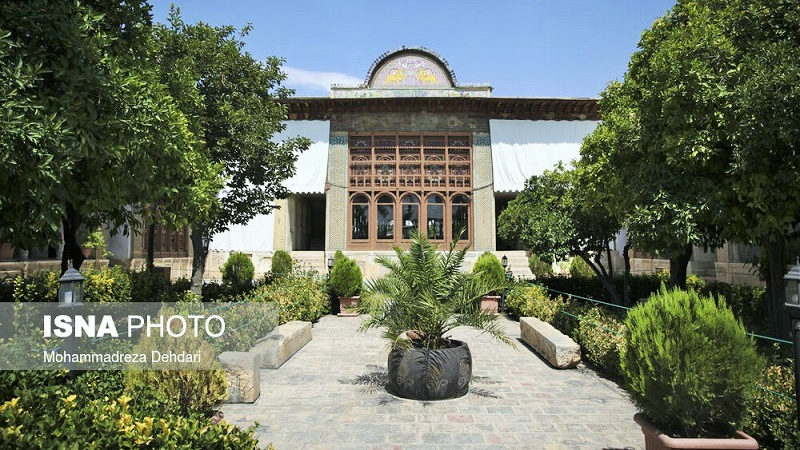


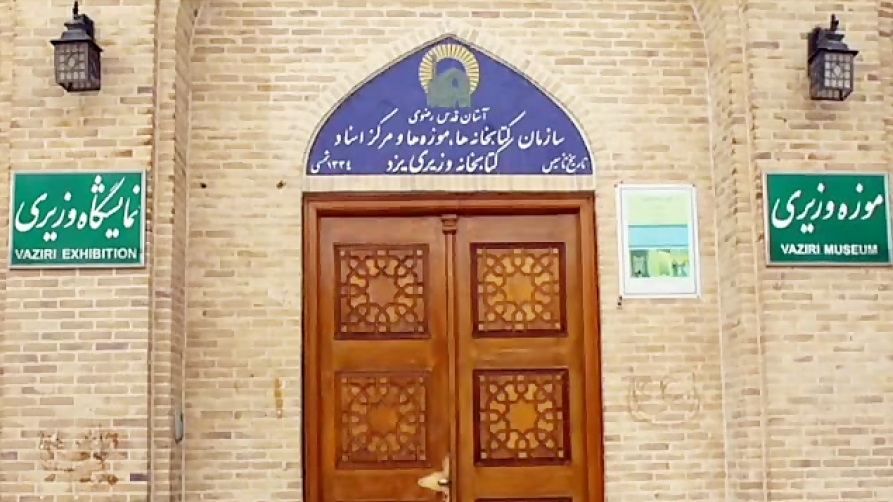

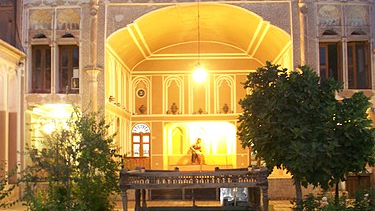
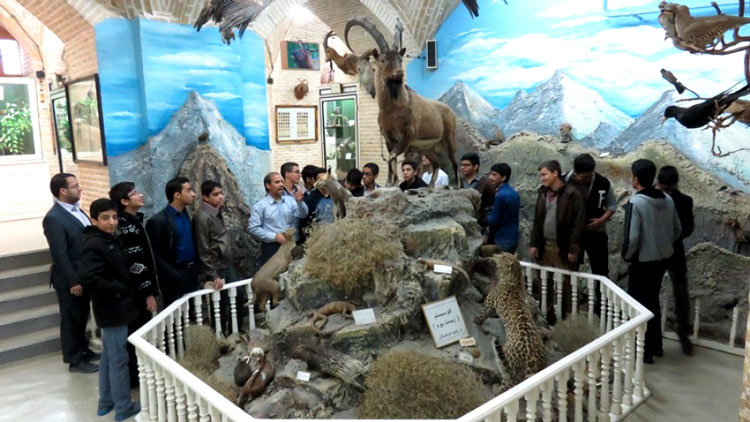
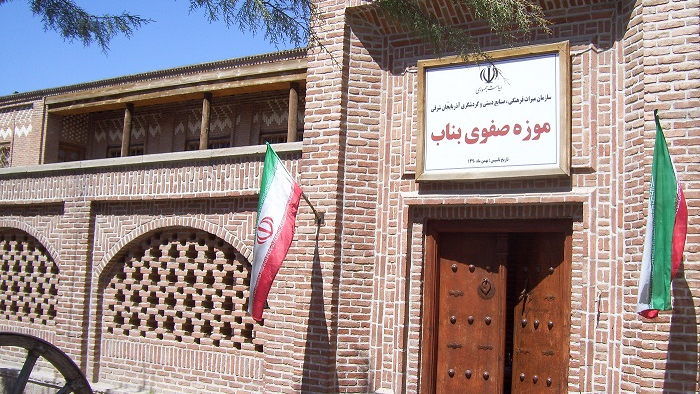
 ابرکوه_crop_3.jpg)
